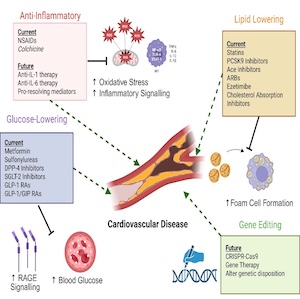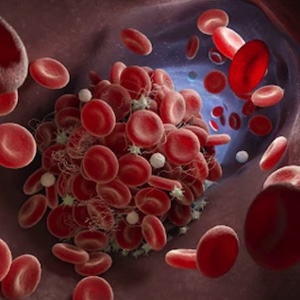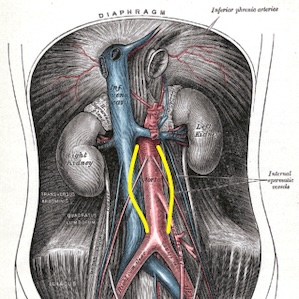Coagulome and tumor microenvironment: impact of oncogenes, cellular heterogeneity and extracellular vesicles

All claims expressed in this article are solely those of the authors and do not necessarily represent those of their affiliated organizations, or those of the publisher, the editors and the reviewers. Any product that may be evaluated in this article or claim that may be made by its manufacturer is not guaranteed or endorsed by the publisher.
Authors
Cancer-associated thrombosis (CAT) results from the hemostatic system being dysregulated by the progression of cancer. Despite common clinical manifestations, the mechanisms of CAT may vary greatly because cancers develop along distinct biological trajectories that are imposed by the interaction between the tumor cell genome, the epigenome, the surrounding microenvironment, and the tissue of origin. The coagulome, or repertoire of coagulation effectors, expressed by stromal, inflammatory, and cancer cells at the tumor-vascular interface and systemically, reflects this biological variability. Complex landscapes of coagulant and non-coagulant cellular populations are revealed by single-cell RNA sequencing analyses conducted on unperturbed human cancer tissues. Additionally, through mediators of cell-cell interactions, soluble coagulants, and extracellular vesicles containing tissue factor, podoplanin, and other effectors, coagulomes are projected into the pericellular milieu and systemic circulation. As this complexity is currently outside of the clinical paradigm, one could argue that better CAT management could result from a more individualized analysis of coagulomes in cancer patients.
Supporting Agencies
Canadian Institutes for Health Research (CIHR PJT 183971), Canadian Institutes for Health Research (CIHR PJT 183971), Fondation Charles Bruneau (FCB) and Fondation CIBC, Canada Foundation for Innovation (CFI), Jack Cole Chair in Pediatric Hematology/OncologyHow to Cite

This work is licensed under a Creative Commons Attribution-NonCommercial 4.0 International License.
PAGEPress has chosen to apply the Creative Commons Attribution NonCommercial 4.0 International License (CC BY-NC 4.0) to all manuscripts to be published.













